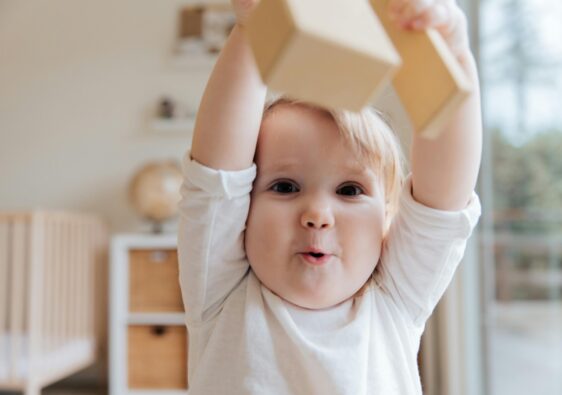
Sensory play is a fundamental aspect of early childhood development that holds a plethora of benefits for toddlers. Engaging their senses—such as touch, sight, smell, and even sound—through activities like playing with textures, colors, and various materials, helps toddlers make sense of the world around them. Beyond the sheer fun it provides, sensory play is a powerful tool for cognitive, social, and physical growth. When toddlers immerse themselves in sensory activities like squishing, pouring, or exploring hidden treasures, they’re actually building neural connections in their brains. These connections are vital for developing essential skills like problem-solving, language acquisition, and improved memory retention.
Furthermore, sensory play fosters important motor skills, promoting fine and gross motor development. As toddlers manipulate objects, they refine their hand-eye coordination, balance, and muscle control. Additionally, sensory play often takes place in an open-ended environment, allowing little ones to freely experiment, make choices, and express their creativity. Beyond its cognitive benefits, sensory play has a positive impact on emotional well-being. It can help toddlers regulate their emotions, reduce anxiety, and enhance their self-esteem. In essence, sensory play isn’t just about fun—it’s a gateway for toddlers to explore, learn, and grow holistically during these crucial early years.
Hide the Animals Sensory Bin: A Quick and Engaging Activity for Animal-Loving Toddlers
Step-by-Step Instructions:
Gather Your Supplies:
- A shallow container or plastic bin
- Rice, dried beans, or sensory material of your choice
- Plastic animals or figurines
- Small cups, scoops, or spoons
- Optional: small containers, toy trees, rocks, or other accessories
Prepare the Base:
- Choose a shallow container or plastic bin that’s easy for your toddler to explore.
- Fill the container with rice, dried beans, or any sensory material you prefer. This will be the base for the sensory bin.
Add the Animals:
- Place a variety of plastic animals or figurines within the sensory material. You can hide them partially or fully to add an element of surprise and discovery.
Set Up the Play Area:
- Find a comfortable and well-lit play area for your toddler to engage in the sensory bin activity.
- Lay down a mat or towel to catch any spills and make cleanup easier.
Introduce the Activity:
- Excite your toddler by showing them the sensory bin and the hidden animals.
- Explain that the goal is to find and uncover the hidden animals within the sensory material.
Provide Tools for Exploration:
- Offer small cups, scoops, or spoons that your toddler can use to dig, scoop, and uncover the hidden animals.
- Encourage them to use their hands as well for a tactile experience.
Encourage Discovery:
- Let your toddler explore the sensory bin at their own pace. As they find animals, discuss the names of the animals, their colors, and the sounds they make.
Extend the Play:
- To enhance the activity, you can introduce small containers for sorting the animals by type or color.
- Add toy trees, rocks, or other accessories to create a more engaging environment.
Supervise and Enjoy:
- While your toddler is engrossed in the activity, take a moment to relax or tend to other tasks, knowing they are engaged in safe and educational play.
Cleanup:
Remember to supervise your toddler throughout the activity and ensure that the materials used are safe for their age. This Hide the Animals Sensory Bin will not only entertain your animal-loving toddler but also provide them with a sensory-rich learning experience!

